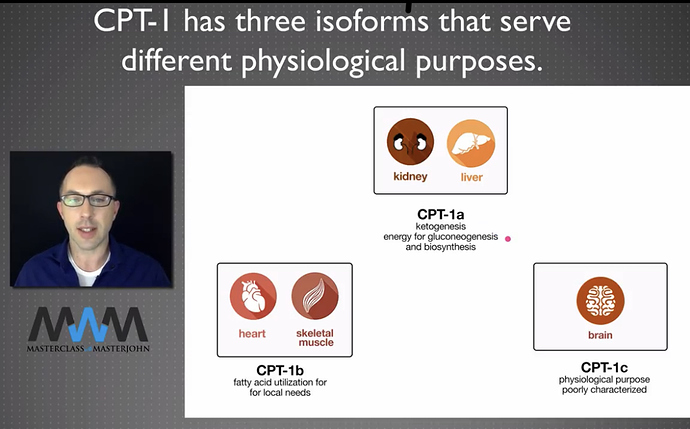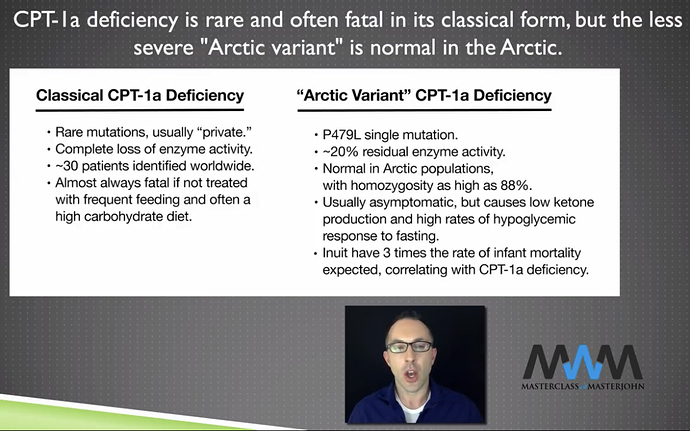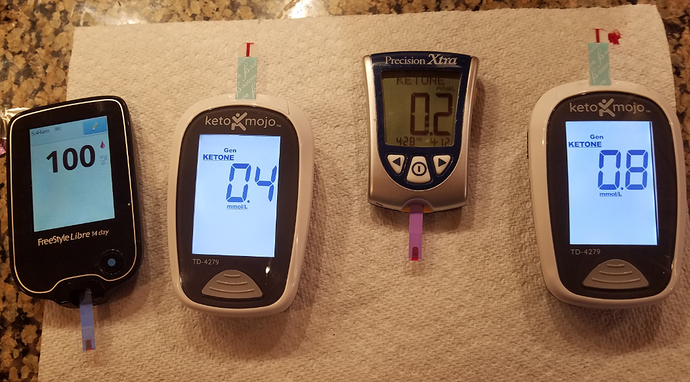I started out eating “low carb”, then went to eating very high fat after reading Jimmy Moore’s Keto Clarity. So, I added butter to my steak, ate fat bombs, even tried buttered coffee for a while. Ate all high fat meats if I needed something to eat beyond dinner. I don’t calorie count, though, so I don’t the level of fat.
I then decided to buy a CGM so I could prove Ted Naiman’s higher protein theory was wrong. I fully believed I would see skyrocketing blood sugar. After eating many high protein meals (for these, I actually did count calories), and not finding any blood sugar rise whatsoever, I decided I liked higher protein in general than higher fat.
So, in general, I now eat low fat hams and the like and keep these on hand for if I’m hungry past dinner. I do eat higher fat meals, but most times I concentrate on higher protein, especially for the meals right after I exercise.
How does this affect ketones? To be honest, I have thousands of samples over the course of almost 4 years, and I’ve given up trying to guess what my ketones (or blood sugar) will be. One of the reasons is shown below, where I tested using three calibrated ketone meters and in the morning:
After comparing Keto Mojo and Precision Xtra for a month or so, and determining that KM is twice PX in general, and KM has many anomalous readings, I gave up. The tools suck.
As an engineer, I want the tools to tell me what’s going on, and these tools don’t do that.


 Animal source PUFA doesnt scare me much, even if the grain/grass fed ratio is a bit different.
Animal source PUFA doesnt scare me much, even if the grain/grass fed ratio is a bit different.  Whale blubber though…
Whale blubber though… 




